About Us
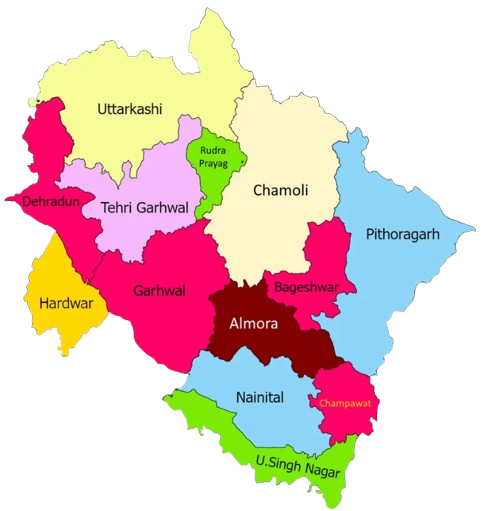
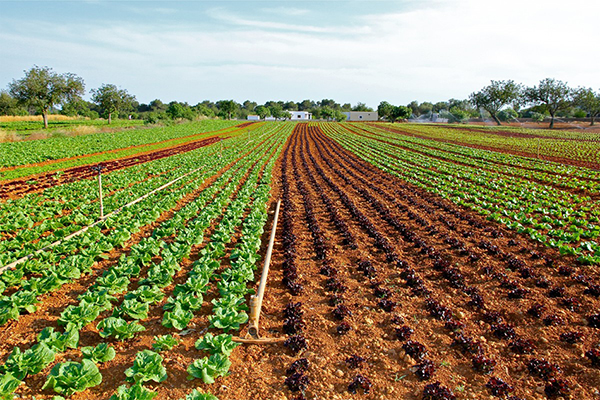


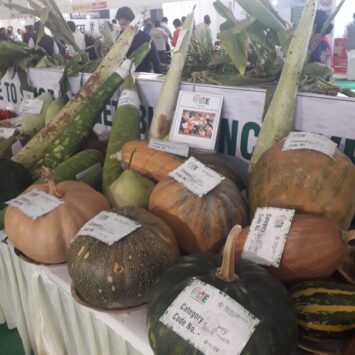
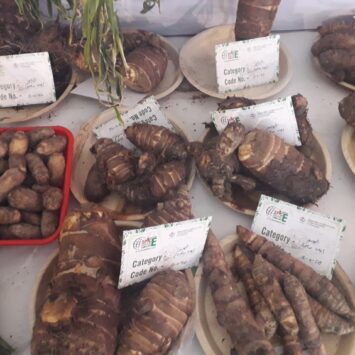

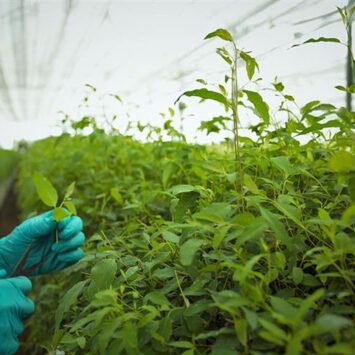

OBJECTIVE
The objective of the Department of Horticulture and Food Processing, Government of Uttarakhand is to ensure sustainable and holistic development of the horticulture sector by adopting an area-based cluster approach towards developing regionally differentiated crops.
They are agro climatically most suitable for the region/area for enhancing the production and productivity of various horticulture crops.
Production of Planting Material
One of the most important reasons for the low productivity is unavailability of superior quality planting material. To make mission efforts successful, main objective of the programme is to produce true to type, disease free, healthy planting material suitable for subtropical and temperate climatic conditions.
Establishment of New Gardens (Area Expansion)
Emphasis has been laid on efficient land utilization. Focus crops with current markets have been targeted. Area expansion of new plantations of different fruit crops, vegetables, spices and flowers was done in various locations.
Rejuvenation
In Uttarakhand, most orchards of apple, litchi, mango and citrus are senile and unproductive, causing low yield and poor quality. Rejuvenation of these old orchards will enhance productivity and quality significantly.
Creation of Water Resources
Poor irrigation facilities are a major factor for low productivity in hilly districts. Creation of water resources and community tanks will support drip and sprinkler systems. Rainwater harvesting tanks and bore wells in plains will help irrigate flowers, fruits, and vegetables.
Protected Cultivation
Establishment of new polyhouses and shade net houses protects plants from harsh weather and pests. This ensures higher yields and quality produce. Anti-hail nets are used to safeguard fruits from damage.
Pollination Support through Bee Keeping
About 85% of crops are cross-pollinated and depend on honey bees. The Department promotes beekeeping to enhance pollination and honey production — offering dual benefits of increased crop yield and income for farmers.
Horticulture Mechanization
To reduce manual labor and increase efficiency, modern power-operated machines and tools like power saws and plant protection equipment are provided to farmers along with training.
Human Resource Development (HRD)
Training plays a vital role in skill upgradation and technology transfer. Programmes include nursery management, protected cultivation, harvesting, post-harvest management, and processing. Gardeners’ training centres are also proposed.
Post-Harvest Management (PHM), Marketing and Processing Infrastructure
The focus is shifting from area expansion to post-harvest management, marketing, and processing through pre-cooling units, pack houses, ripening chambers, cold and CA storages.

